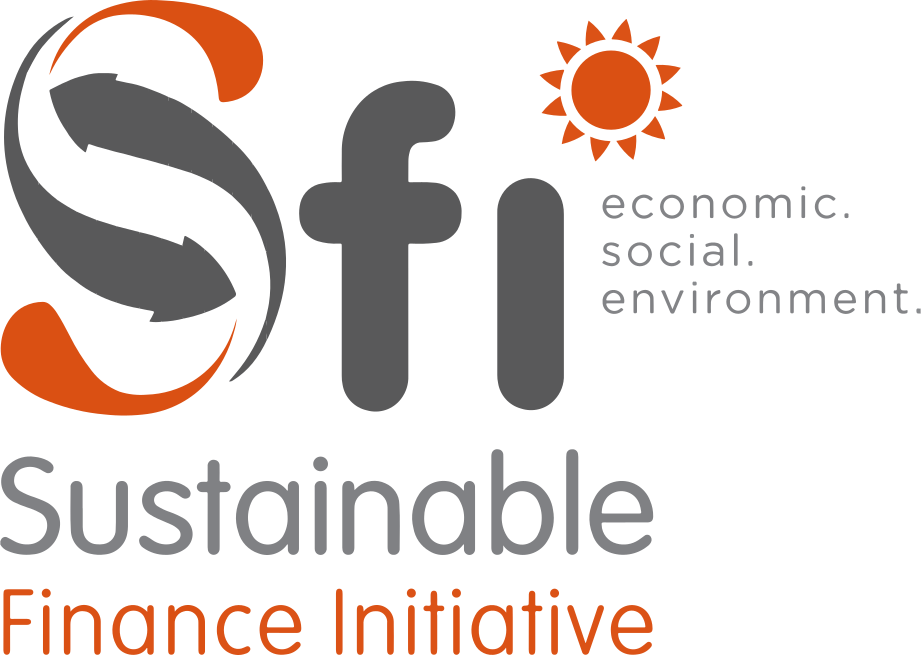Sustainable_finance_initiative
Module III: Introduction to Understanding a Bank’s Direct Environmental and Social Footprint
This session focuses on how you can achieve a better environmental and social footprint of your banking operations and your supply chain. Through this the Bank is playing its part in contributing to the more efficient use of resources associated with the operation of a Bank as well as ensuring the health, safety and welfare of its employees and the public.

About This Course
This session focuses on how you can achieve a better environmental and social footprint of your banking operations and your supply chain. Through this the Bank is playing its part in contributing to the more efficient use of resources associated with the operation of a Bank as well as ensuring the health, safety and welfare of its employees and the public.
Typically, bank operations include the following sites:
- Administrative offices.
- IT facilities.
- Retail branch locations.
Your Bank's operations may impact on the environment and social setting through the following activities:
- Generation of greenhouse gas (GHG) emissions (e.g., largely associated with consumption of electricity and fuels and business travel etc).
- Energy consumption (e.g., lights, air conditioners/ fans, computers, printers, canteen/ kitchen equipment etc).
- Eater consumption (toilets, canteen/ kitchen, garden, cleaning activities).
- Consumption of paper and other consumables.
- Waste generation (paper, printer cartridges, electronic waste, packaging, kitchen waste, etc).
- Management of human resources (employment and labour policies, working conditions, health and safety, etc).
- Public accessibility and safety in banking premises.
In your supply chain, impacts may relate to the purchase of consumables such as paper, printer cartridges, office furniture, cleaning materials and may also include the purchase of debit/ credit cards, etc.
These impacts can be referred to as your environmental and social footprint.
This session guides you through the typical environmental and social footprint for a bank's operations. In addition, guidance is given on how best to manage your footprint in order to improve performance and minimise your overall impact. The use of case studies and examples serve to highlight what others are doing in your sector. By appreciating how a Bank can reduce it's own operational impact it is in a position to respond to Principle 3: Resource Scarcity and Choice and its specific requirement for Bank's to manage their operations to optimise resource use, minimise greenhouse gas emission and reduce waste.
